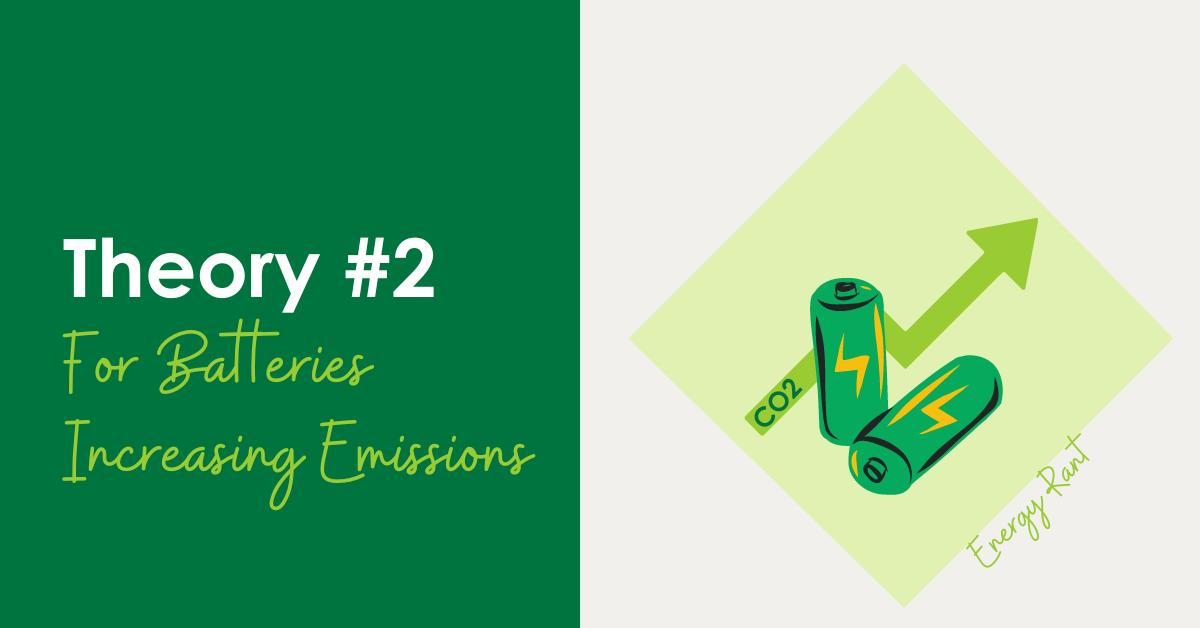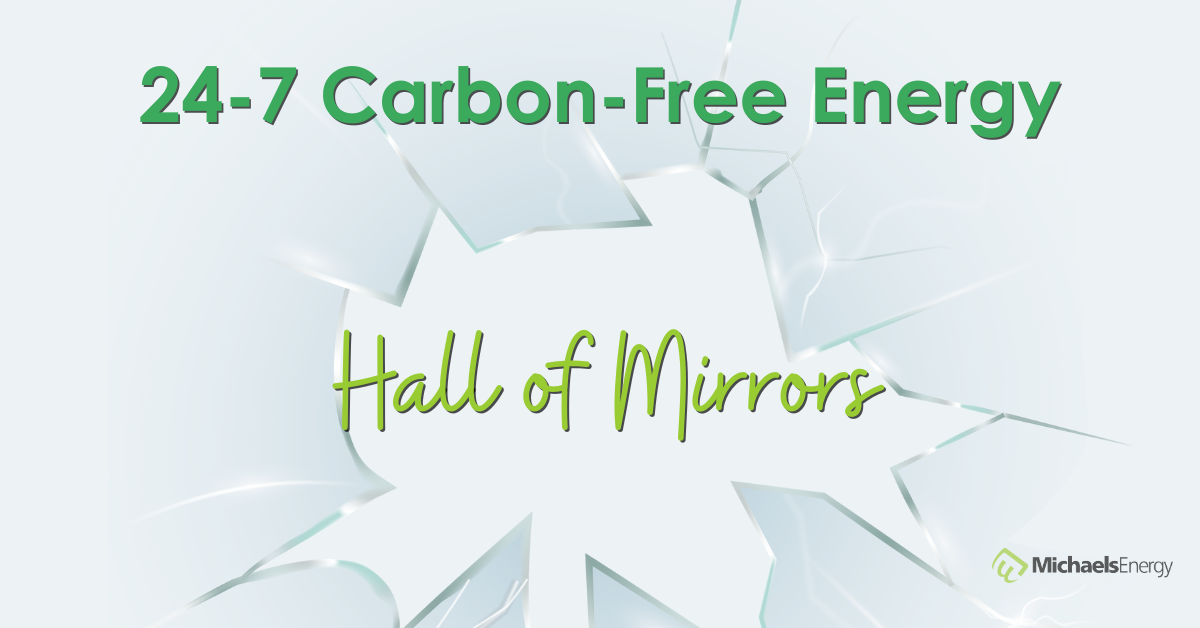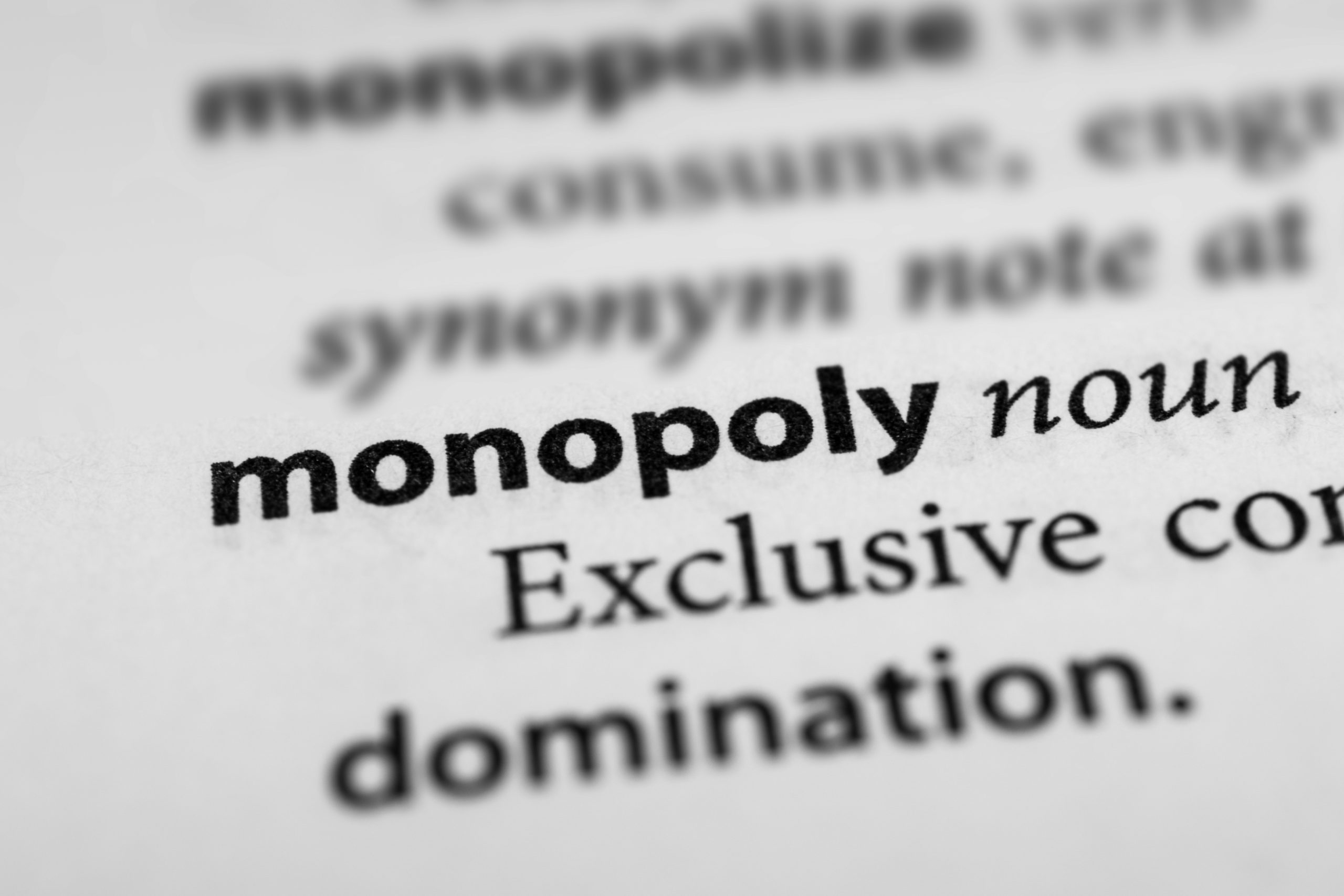
As a glutton for punishment (I look forward to getting past sciatica so I can run marathons again), I tasked myself with getting to the technical bottom of this article from Utility Dive: Energy storage for grid reliability can increase carbon emissions: University of Michigan study. The article doesn't get into the details, so I dived into the source document sponsored by the University of Michigan – a brutal read – like the last miles of a marathon, maybe Heartbreak Hill or Central Park. I spare readers the pain so they can follow along from their La-Z-Boys. I know enough about wholesale electricity markets to use terminology and…
Read More








